What is a herbarium?
It can be quickly defined as a resource of information pertaining to preserved plant specimens to use for some sort of scientific study. Simply stated, it is a scrapbook with some dried plants or leaves on its pages.
It looks like this:

To make your herbarium very interesting, you have to consider including the following:
Schisandra

Its descriptive details were first published by André Michaux in 1803. Also known as “Schisandra chinensis,” it belongs to the Schisandraceae family of plants. They can be found in the native forests in Northern China, and also in Japan. Its fruits appear as red berries in dense clusters which can be measured to be around 3.9 inches long.
Harvesting such fruits usually takes place 4 to 5 years since its planting. Its crushed leaves are capable of releasing a smell very similar to a lemon which makes it a good ingredient along with vegetables in some Chinese delicacies. In Japan, it is widely used as a cure for colds and seasickness.
Elderflower
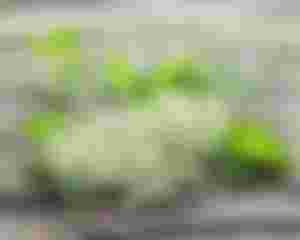
The first known descriptions of it were published by Carl Linnaeus. Belonging to the genus Sambucus L, derived from the Greek word “sambuca,” an ancient wind instrument, from which it has a notable resemblance in appearance. As notable tree flowers, its leaves are pinnate with 5–9 leaflets with each leaf measuring at around 5–30 cm.
In its raw form, the fruits that it produces are comprised of 80% water, 18% carbohydrates, with a very little amount of fat and protein at around 1% each. Because of its rich nutritional properties, it has been used as an ingredient in many food supplements.
Eleuthero Root
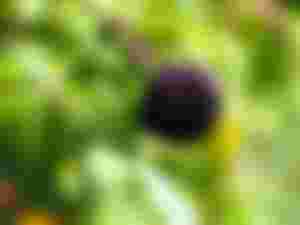
Belonging to a shrub family Araliaceae, it is one of the native medicinal plants in Northeastern Asia. It is also known for the scientific name from the Greek word “Eleutherococcus” which means "free-berried." Some people refer to it as the “Devil’s Bush.”
The potions that can be extracted from the roots are known to produce major medicinal constituents like lignans, sesamin, syringaresinol, phenylpropanes, coumarins, beta-sitosterol, and daucosterol. The roots themselves appear as cylindrical, which could grow up to 0.5 cm in diameter. They could appear as straight or branched, dark brown in color, and most have smooth surfaces.
Eucalyptus

In 1789, Charles Louis L'Héritier de Brutelle published its description in his book Sertum Anglicum. Its actual name is derived from the Greek words which literally mean "good, well, true, and beautiful." Various kinds of Eucalyptuses are known to thrive in Australia. In fact, about three-quarters of Australian forests are known to contain their kind.
They are known to mostly grow up to 30 feet, which makes them labeled as “The tallest known flowering plants on Earth. For many generations, this plant has been known for its use in treating plaque, scalp problems, asthma, bronchitis, and many other respiratory problems. The most notable application for Eucalyptus is its oil extract which has been known to cure colds, as lozenges, and as ingredients in various dental care products.
Reishi
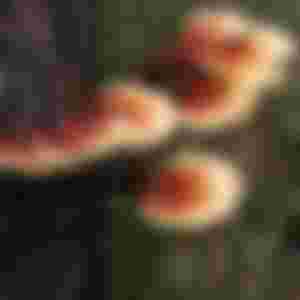
Know to grow mostly at the base of trees, it is a mushroom used in traditional Chinese medicine. Also known as “Lingshi,” or "bracket fungus" it belongs to the genus Ganoderma. It was named “Boletus Lucidus” by botanist William Curtis, in 1781. In its fresh form, it is soft, cork-like, and flat. It basically looks like a fan, with a kidney-shaped cap.
It has very fine pores which could be either white or brown, depending on its age. Research shows that it contains diverse phytochemicals, such as triterpenes or ganoderic acids. According to Chinese tradition, it is usually prepared with hot water where it is slightly cooked and be pulverized for later medicinal use.
Fenugreek

Belonging to the plant family of Fabaceae, it is derived from the Greek words, "Faenum graecum” which can be translated as "Greek hay." It was known to be first cultured and raised in Western Asia. The most useful part of the plant is its seeds. Which could provide 58% carbohydrates, 23% protein, and 6% fat.
Calcium also seems high that it reaches around 40%. Its leaves are a popular ingredient in some popular Indian cuisines. Fenugreek seeds have constituents like flavonoids, alkaloids, coumarins, and saponins. Aside from being an efficient food additive, it is also a known ingredient in various dietary supplement products.
Gentiana
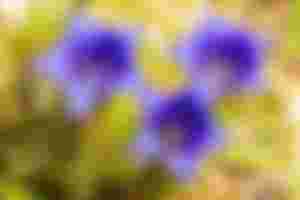
It is a part of a very large genus comprised of around 400 species. As a part of the gentian family “Gentianaceae,” it thrives in Asia, Europe, and the within American locations. Its most noticeable characteristics are its intense blue color, and its large, trumpet-shaped flowers. Its major applications include the making of some beverages and Pharmacology.
It has been known to be a key ingredient in making drinks that require “bitter flavors.” In making tonics and energy drinks, it is also a subject of interest for researchers. For its medicinal value, it is often included in researches for treating digestive problems, hypertension, muscle spasms, parasitic worms, and even cancer.
Shiitake

Miles Joseph Berkeley published the first known facts about it in 1877. Characterized as a mushroom by common standards, it is also one of the most prevalent components of traditional Chinese medicine. Its other name, “Castanopsis cuspidata” is derived from typical dead logs from which they are usually cultured.
It can be translated directly as "flower mushroom" from the Chinese language because it has a flower-like pattern on its upper surface. When exposed to a certain amount of sunlight, it is known to produced Vitamin D2 which makes it ideal for many Chinese culinary experts. It has been the subject of research because of its properties that make it an ideal alternative for expensive fertilizers.
Ginkgo
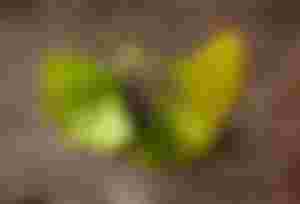
Its most popular plant species is the “Ginkgo Biloba,” which is only found in the forests of China. However, it has been cultivated across the world due to its distinct nutritional value. It belongs to the order of Ginkgoales which first appeared during the Permian era, 270 million years ago.
They have a very high survival rate considering that they could still grow even in harsh conditions. Because of it, they are often labeled as “living fossils.” As a tool for treatment, they have been known to treat altitude sickness, cerebral vascular insufficiency, cognitive disorders, dementia, macular degeneration/glaucoma, memory loss, and sexual dysfunctions.
Astragalus
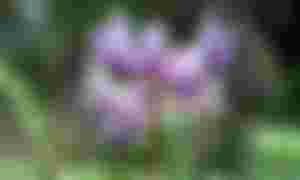
As a member of the plant family Faboideae, the genus from which it belongs is a native plant to the regions of the Northern Hemisphere of the globe. In this writing “Species Plantarum,” Carl Linnaeus first described the family of Astragalus in 1753. Its most notable component is the flowers with three types of petals labeled as banner, wings, and keel.
According to Chinese culture, it has been a huge part of the country’s traditional medicine methods. It is also well-researched due to the phytochemicals it contains such as saponins and isoflavone flavonoids. Furthermore, dairy companies are also utilizing its positive effect on the milk production of goats.
"Plantitas and plantitos" are getting plenty these days, would you care to join the fray in a different way?
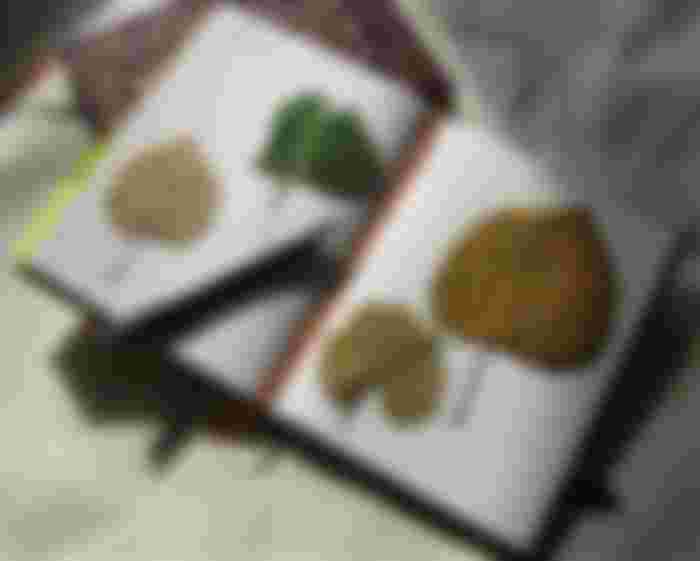
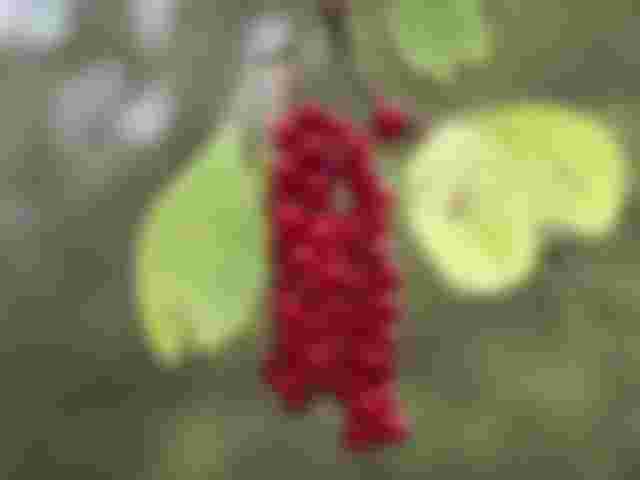
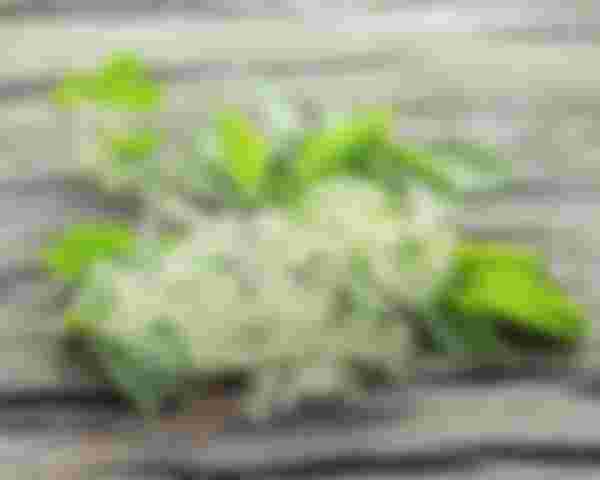
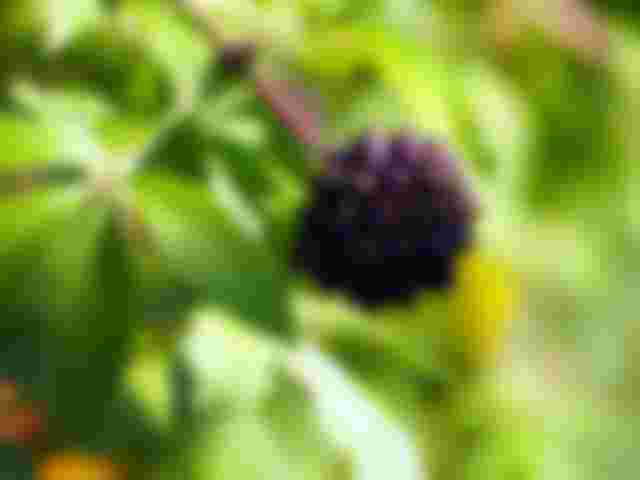
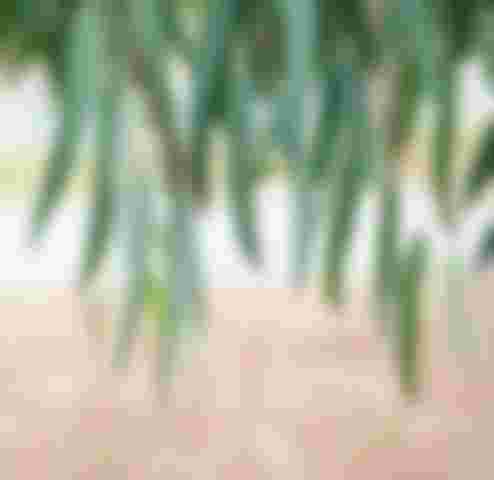
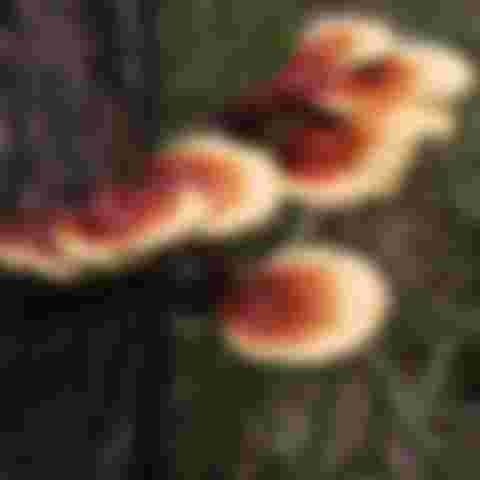
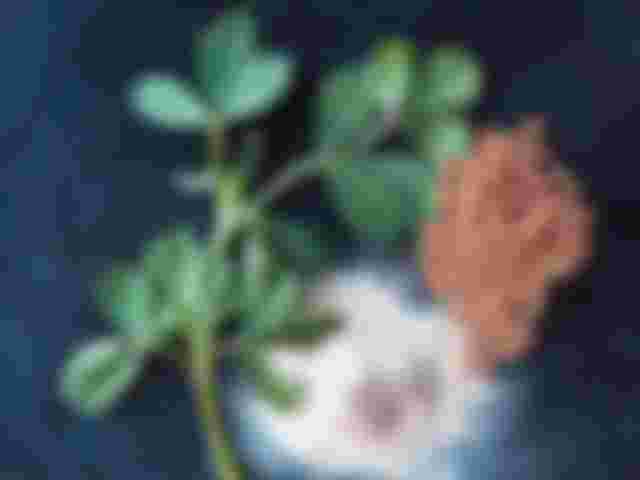
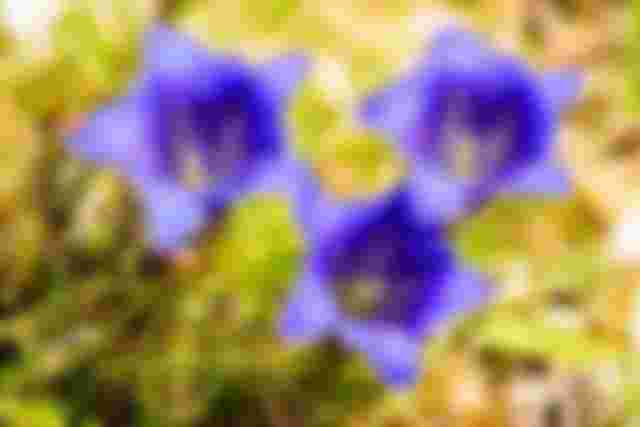
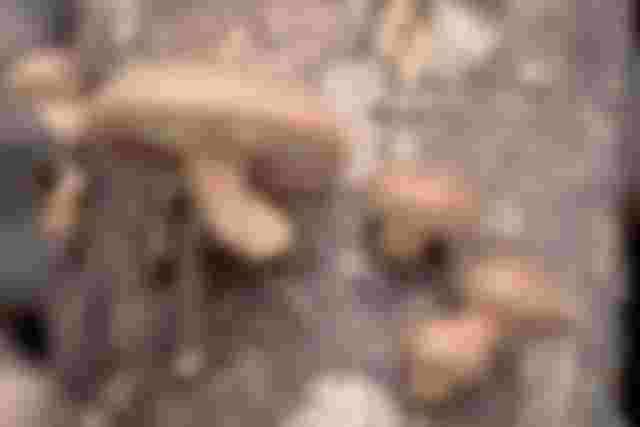
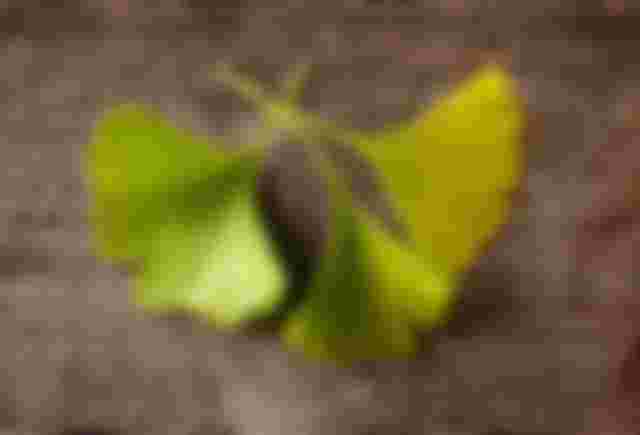

Thank God for the sky above you. Thank him for the sun, moon and stars. Thank him for the rain drops, for the birds, for the animals and the flowers. Thank him for the people in your life, both good and bad. But most of all thank him for this beautiful thing called life.